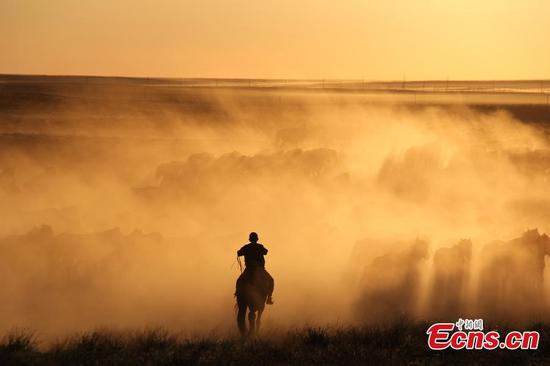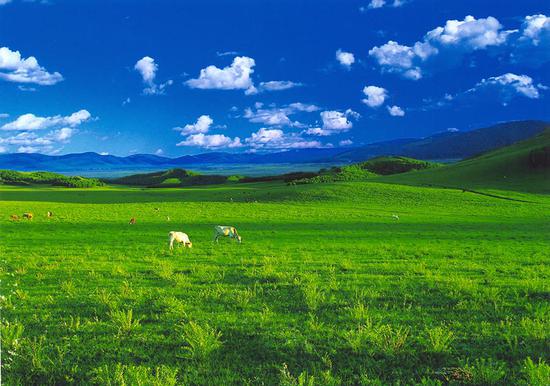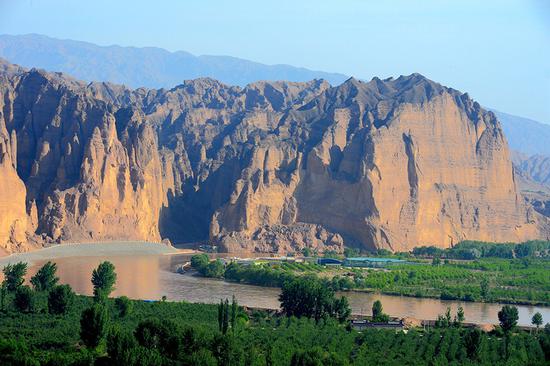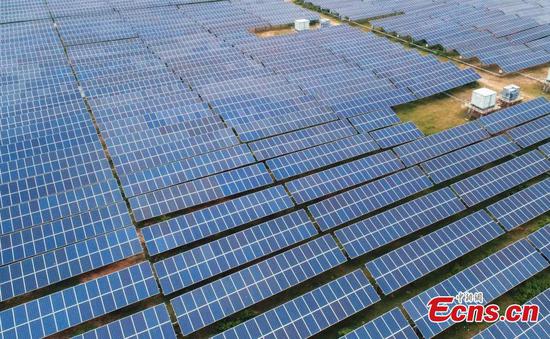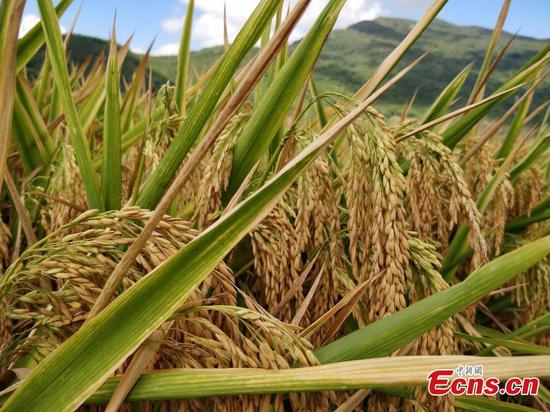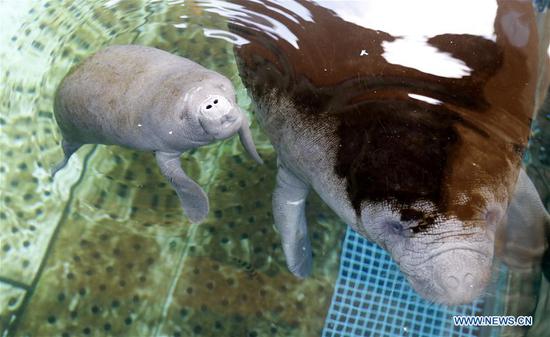A new study suggests that climate changes could affect the distribution of plants in the future, similar as what happened in the past.
The study led by Jennifer Cotton, once a post-doctoral researcher at University of Utah and in the College of Forestry at Oregon State University, indicates that more rainfall during the growing season may have led to one of the most significant changes in the Earth's vegetation in the distant past.
Based on an analysis of mammoth and bison hair, teeth and bones, along with other data, Cotton and her colleagues conclude that a changing climate, particularly increasing rainfall and not just atmospheric carbon dioxide, explains the expansion of grassland plants during the latter part of the Neogene, a geologic era that includes the present.
Science community has long known that some grassland species became more abundant during this period, including the ancestors of corn, sugar cane and sorghum. Known as C4 grasses, they use a different method of metabolism via photosynthesis from most other types of vegetation, called C3 grasses. They tend to thrive under warm, moist conditions, in addition to low levels of carbon dioxide in the atmosphere.
Cotton, now an assistant professor at California State University, Northridge, said "we know that the balance between C3 and C4 grasses is controlled by both atmospheric CO2 and climate, but the relative influence of each of these factors has not been clear."
By analyzing carbon isotopes in 632 samples of bison and mammoth tissues from across North America over the past 18,000 years, corresponding to the time between the peak of the last ice age to the present, the research team were able to show that, over time, the animals' diets shifted toward more C4 plants and those plants gradually spread north.
And by combining their findings with data on climate, temperature and changing carbon dioxide concentrations, the researchers showed, as reported in Science Advances, that increasing precipitation during the growing season was the single most important factor in the spread of C4 grasses.
In recent years, increases in rainfall and temperature have enabled farmers to grow corn in the upper Midwest of the United States in areas dominated by wheat.
"The point of the work was to understand what drove one of the most dramatic biological transitions in the past 65 million years, and also to better understand the past so that we can make predictions about the future," said Cotton.
"Both atmospheric CO2 and climate have been changing and will continue to change in the future," she said, "and many have suggested that additional CO2 in the atmosphere will benefit C3 grasses, causing them to outcompete C4 grasses."
"Our results suggest that climate, rather than CO2 fertilization, will drive future changes to C3 and C4 grass distributions, which will likely benefit C4 grasses in much of the Great Plains" of the United States.










